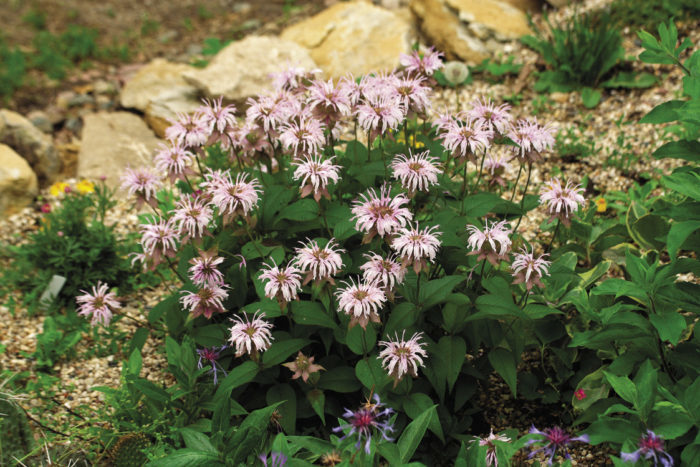
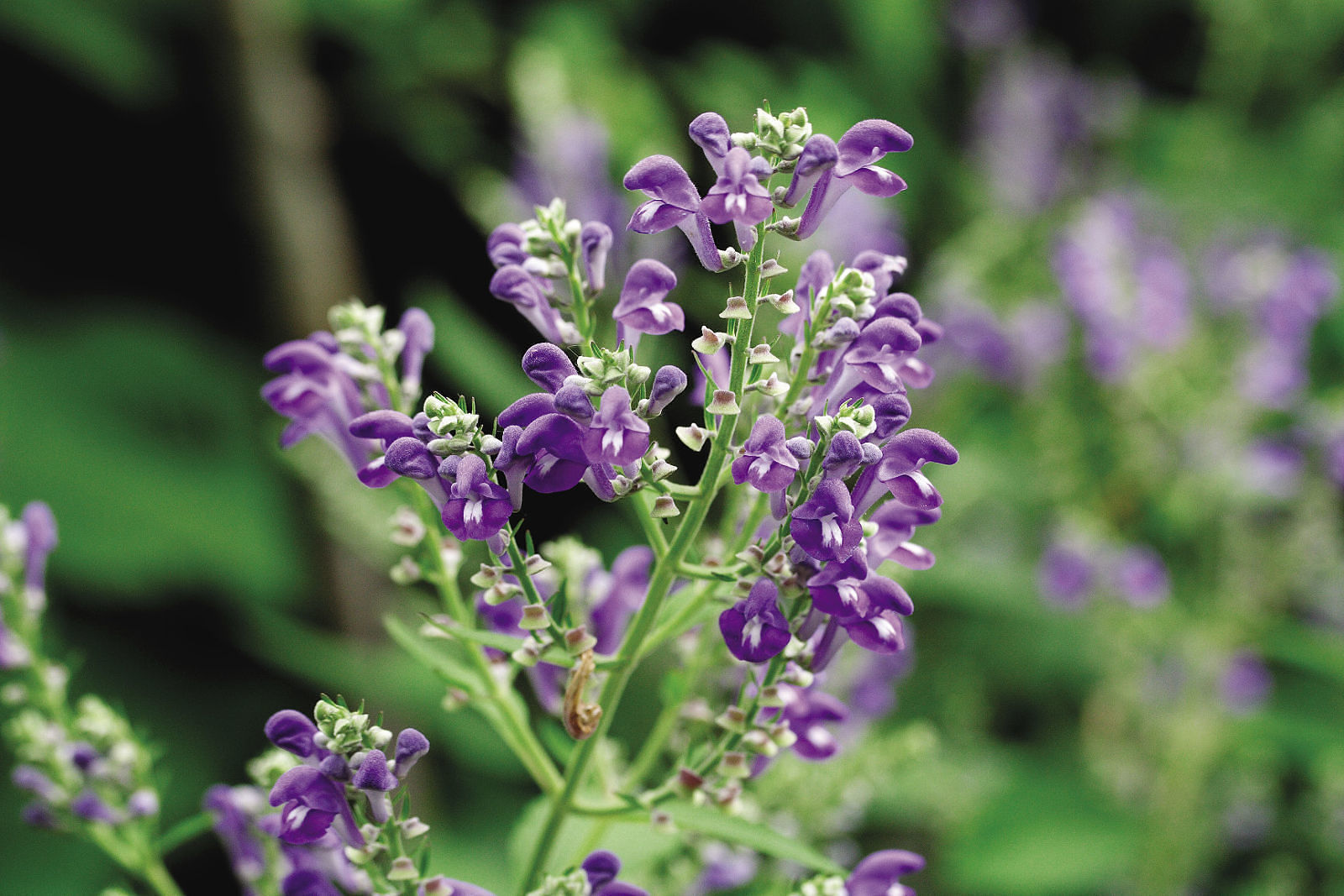
Hoary skullcap
Name: Scutellaria incana
usda hardiness zones: 5 to 8
size: 2 to 3 feet tall and 18 to 24 inches wide
conditions: Full sun to partial shade; well-drained soil
Think shade, electric blue, and July and you’ve got hoary skullcap. This native plant will add zing to your shade garden without adding to the deer buffet. Lax, loose-spreading stems grow to 3 feet tall in rich soils and sport eye-cooling blue flowers in the high months of summer. But don’t think this skullcap needs rich soil to do well. It thrives happily in dry, rocky soils, toughing it out along the woods’ edge.
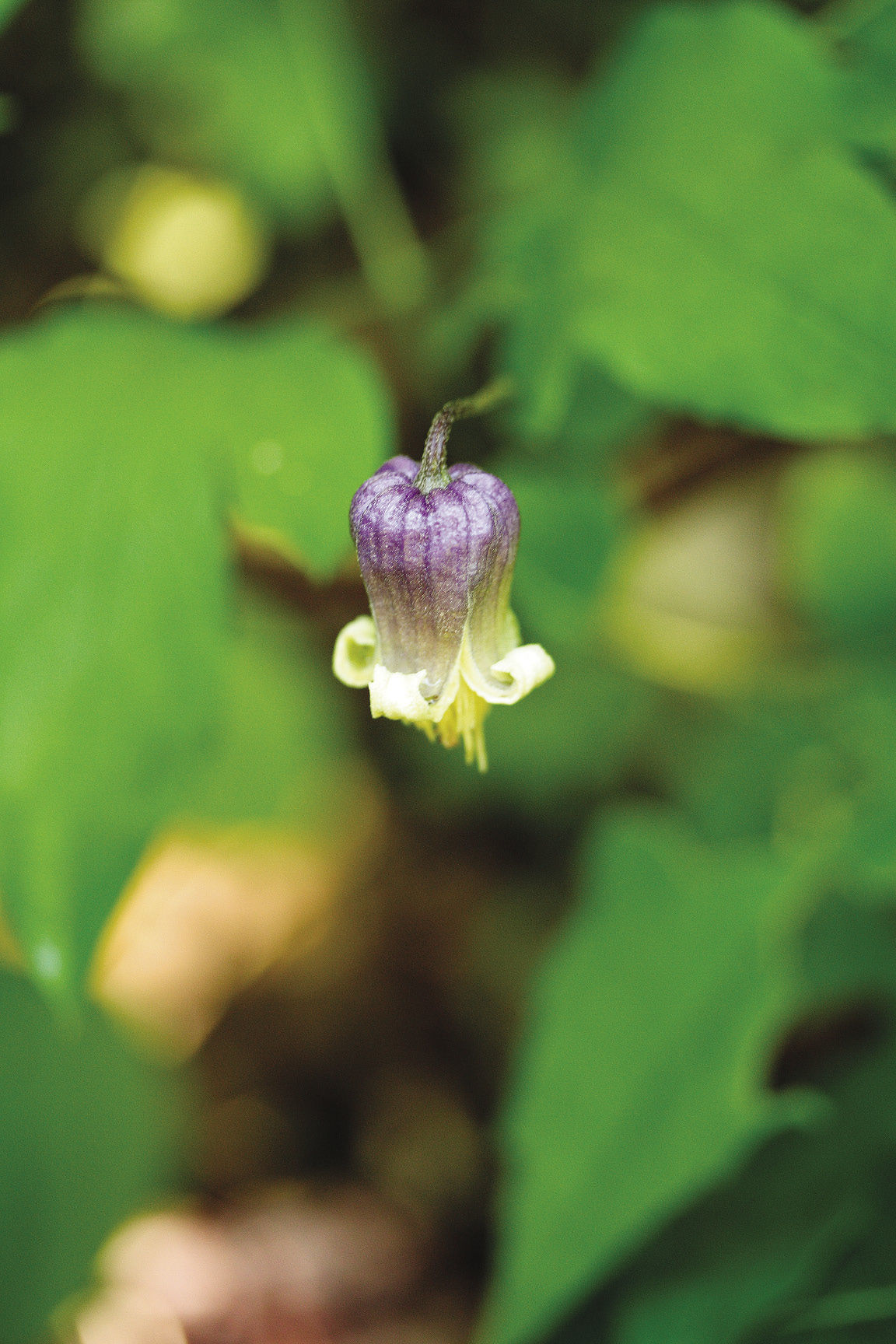
Bluebill clematis
Name: Clematis pitcheri
Zones: 5 to 9
Size: Rambling stems to 6 feet long
Conditions: Partial to dappled shade; well-drained soil
This native, shade-tolerant clematis blooms from early spring through summer and sporadically into fall, mingling perfectly amid roses and shrubs as it twines its way upward. The flowers and foliage don’t rank high with deer or other browsing wildlife because of their thick, leathery texture—the source of its other common name: leather flower. Fluffy whorls of downy, flattened seeds add interest through the first snow until they blow away in the wind. If you need perky, cute, and vining under the dappled shade of redbuds and dogwoods, look no further.
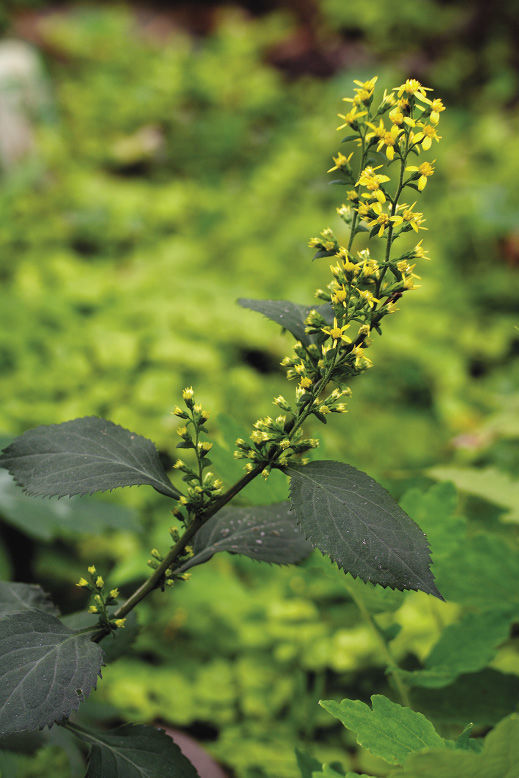
Zigzag goldenrod
Name: Solidago flexicaulis
Zones: 3 to 9
Size: 1 to 3 feet tall and wide
Conditions: Partial to full shade; well-drained soil
A goldenrod for dry shade? Yes, you read that correctly. This funky, fall-ending goldenrod pops into bloom in September with bright wands of flowers borne between the nodes along zigzagging stems. Unlike its rampant cousins, zigzag goldenrod spreads slowly by small rhizomes and forms an elegant clump within a few seasons.
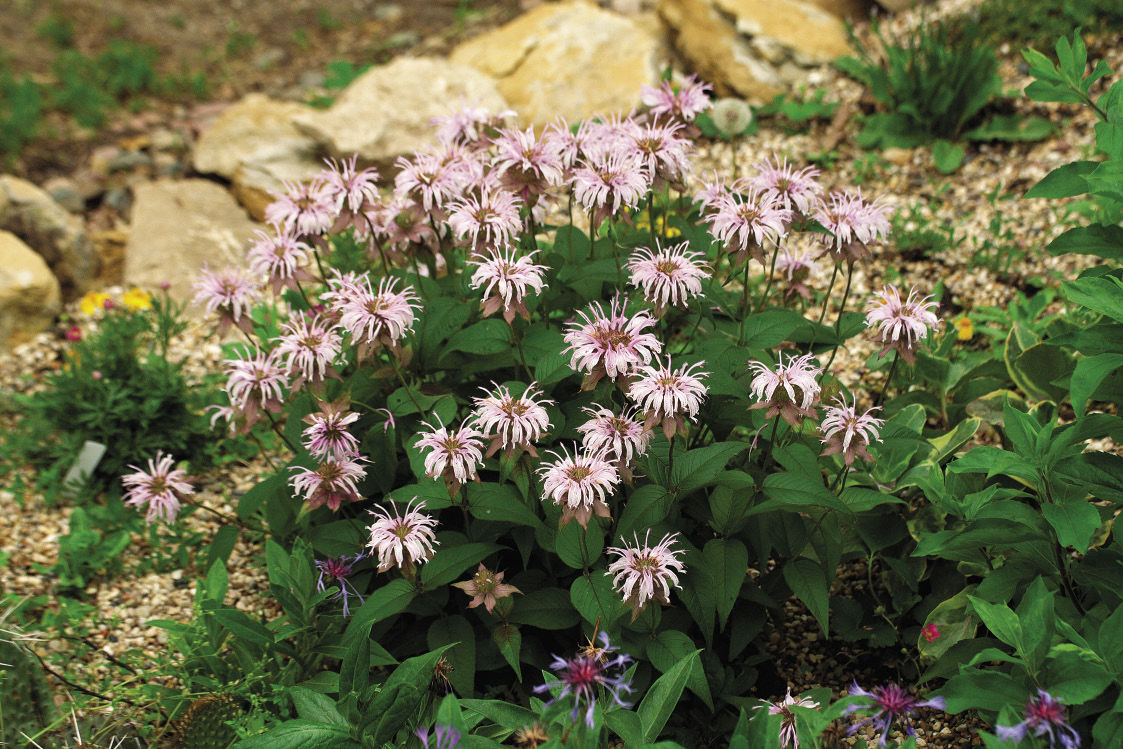
Eastern bee balm
Name: Monarda bradburiana
Zones: 5 to 8
Size: 16 to 18 inches tall and 18 to 20 inches wide
Conditions: Full sun; well-drained soil
Gardeners love bee balms. But despite their popularity, bee balms often suffer under the stress of powdery mildew at the height of humid summers. If you’re looking for a disease- and deer-resistant and altogether gorgeous perennial, try Eastern bee balm. Showy rings of magenta-dotted pink flowers dazzle the garden in early summer, well before any of its cousins. It also has some of the showiest foliage of the genus, burnished in burgundy-bronze tones throughout flowering and intensifying with cool autumn nights.
Kelly D. Norris is the farm manager at Rainbow Iris Farm in Bedford, Iowa.
Photos: Kelly D. Norris


















Comments
Log in or create an account to post a comment.
Sign up Log in